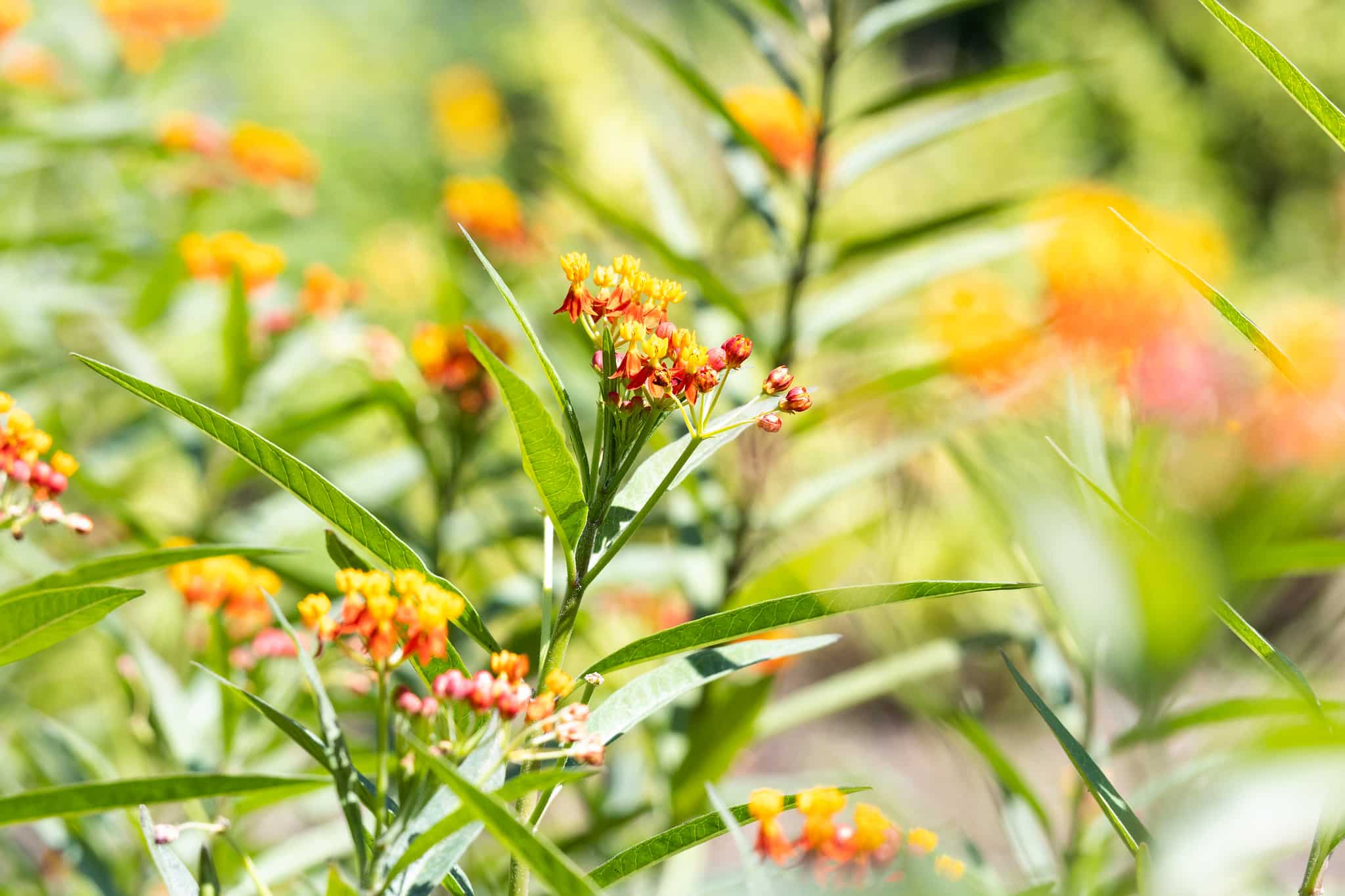Editor’s note: Get Growing with Discovery Green is a gardening column courtesy of Discovery Green horticulturist Brian Wilmer.
Winter in Houston is a great time to ensure whopper vegetables and showy flowers later in the year. The first thing to remember is that true gardeners do not take care of plants; gardeners take care of the plant’s soil. If your soil is full of nutrients, holds moisture, and is loose (friable) then your plants will be
happy. Here’s what to do:
Start by turning your soil. Get that round point shovel out – the one that’s been propping the garage door open – and get busy on your plot of earth. Use a tiller and get down and dirty with your soil. You want to
turn the earth for about six to eight inches down. Don’t skimp on this part as it’s important. Pay a neighbor kid to do it if you have too. Remove any rocks, cans, dog toys, old boat anchors or anything else
you might find down there that’s not dirt from your garden bed. Give it a good thorough mixing.
Now do a country-cousin soil test. Take a clear jar with a tight lid fill it half way with soil. It works best if the jar is about the size of a large peanut butter container. Add water to about an inch below the rim. Seal the jar and shake it until everything inside turns into a dirt smoothie. Be sure to shake it outside so if the lid pops off you don’t get a big splash of dirt on the kitchen ceiling. Let it sit undisturbed for about 15 minutes. Good garden soil is made of three things: clay, sand, and organic matter. You should see the organic matter has settled on the top, sand in the middle and clay on the bottom – it should look like its dark, light, and medium colored mud. The sand layer may be very thin and hard to see, that’s not unusual.
Now comes the important part. If your organic layer is thin, you want to add organic stuff to your soil. Peat is best because it can last for years, but it is expensive. If you have a compost pile – brownie points to
you – literally! Shovel a bunch of that on top your tilled dirt. You can buy bags of compost at the hardware store, but the homemade stuff is far superior. Any broken-down organic matter will work. Pour this stuff right on top of your tilled earth and smooth it out a little with your favorite rake (you know you have one). Do not put on fresh leaves or pine needles, save those for later.
After adding organic matter, unless you live by the coast or on an island, you will want to add some sand. All sand is equal, but some sand is more equal than others. Bigger is better. Pick sand with the largest grit (or grain) you can find. Avoid masonry sand and instead use playsand or what is sometimes called ‘torpedo’ sand. Adding sand is a good investment because, unlike organic matter, sand is forever – just like diamonds.
Now to add some fertilizer. Start with an all-organic fertilizer with low numbers on the bag: something like 4-2-6 as opposed to 30-30-30. Yes, in this case low numbers are better than high numbers. NEVER use a Weed-And-Feed fertilizer on a garden bed. It is grass fertilizer and will think your vegetables or flowers are weeds. While you’re at the hardware store get a small bag of garden iron and scatter some of this on top of the bed also.
After adding a basic fertilizer and iron to the top of the sand and organic stuff, the time has come when you can really turn into a garden gourmet. Some folks have all kinds of special or secret ingredients to add to their soil for show stopping blooms or epic vegetables. There are some interesting things you can add for spectacular results. Here are a few of my personal favorites that I use at Discovery Green:
• For vegetables: add greensand, some phosphorous (or super bloom) and a dash of powdered sulfur.
• For flowers: add phosphorous (or super bloom) and a sprinkle of Epsom salt (magnesium sulfate).
• For roses: double up on all the fertilizers, heavier with the Epsom salts and throw some alfalfa pellets on top of the soil.
• For azaleas: pelletized sulfur instead of powdered, extra iron, and diatomaceous earth.
Final step: Hit it again with the tiller or shovel and mix it all up. Should be easy if you did a good job of tilling the first time. No need to make a perfectly even mix as a lot of the ingredients will move around with rain
and watering.
Rake it smooth. Your garden area should now be a lot higher than itoriginally was – this is good. Put those non-composted pine needles or leaves on top if you have them and give the whole area a good soak with the garden hose. Use an attachment to break up the water into a gentle shower. Put a cherry on top and you’re done.
Let your bed sit until spring. If there’s no rain for a week or two, give it a good drink to keep things moist. In a few months as it sits idle all the air pockets will settle out and the nutrients will seep into the soil making it the perfect growing medium in the springtime.
Gardeners take care of the soil and with soil like this your job will be easy when you put your garden in. It will hold more moisture, have more nutrients, and the sand will help the roots spread faster and easier.
Next time you’re at Discovery Green let me know how this worked out for you! If you send me pictures (brian@discoverygreen.com) they might just make in our newsletter! Now Get Growing!
About Brian: Brian Wilmer started his career in horticulture in 1994 as the head of a team charged with refurbishing Houston parks. In 2006 he did horticultural assessments of the city’s health and library departments. Then, he had the opportunity to start at Discovery Green which was still under construction, and he seized it. In addition to his work at Discovery Green, Brian served on the Brazoria County Parks Board and the Manvel City Council. He is President of the Friends of the Manvel Library, President of the Manvel Historical Society and an officer of the Keep Pearland Beautiful board.
Never Miss Another Free Event!
Sign up for the newsletter
Spread Joy! Give now
Give now to support free concerts, amazing public art and moments of joy. Your gifts keep
Discovery Green clean, beautiful and full of happiness all year long!



